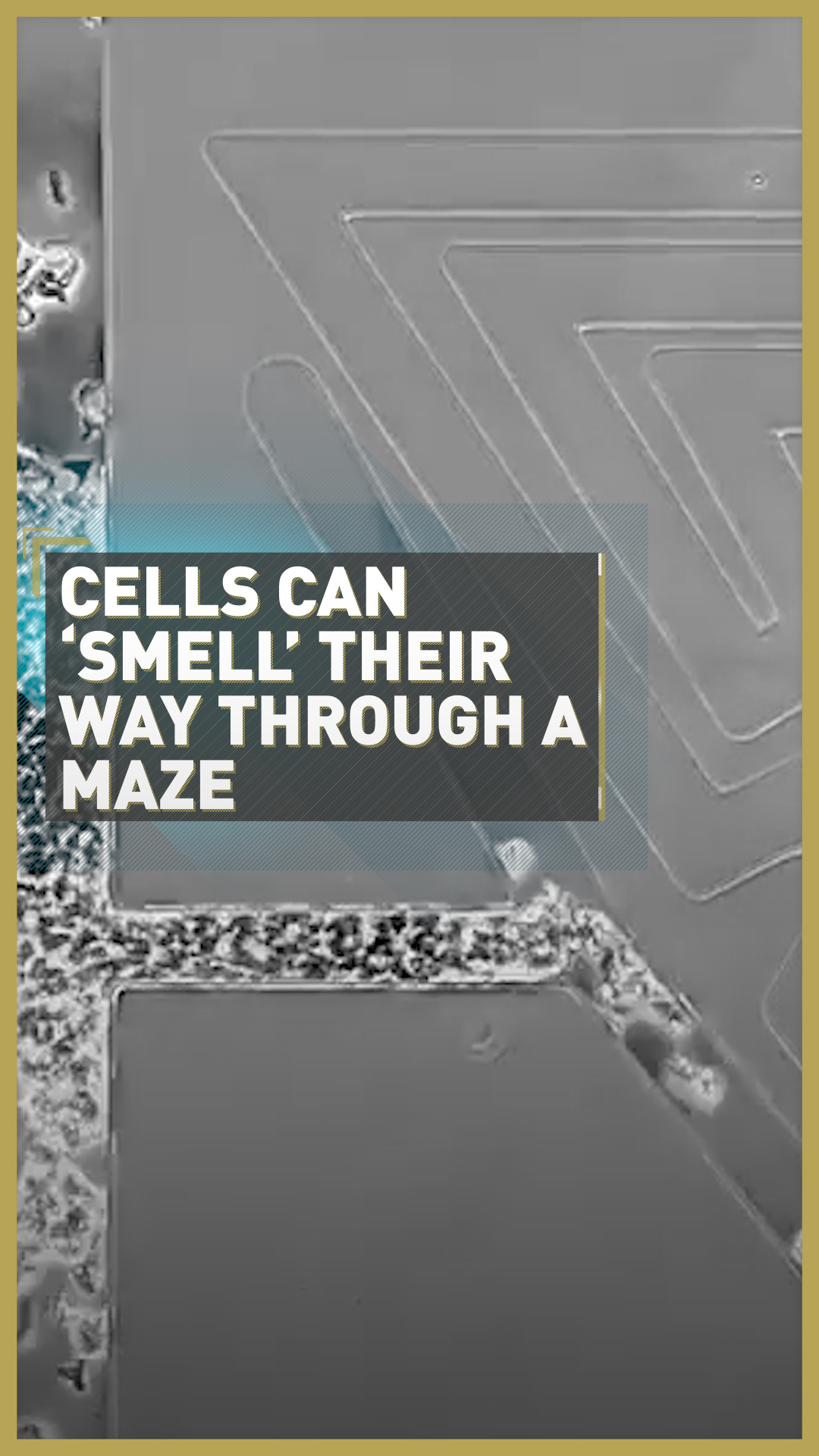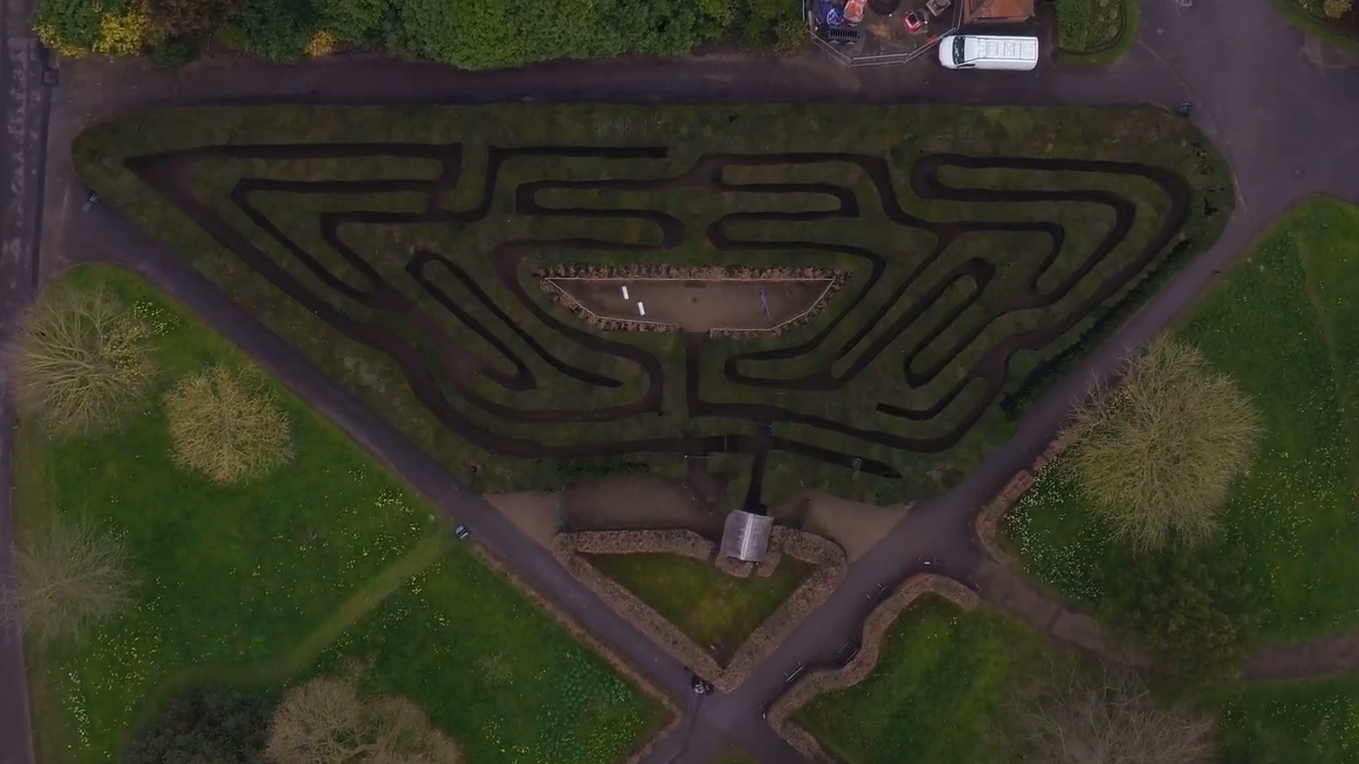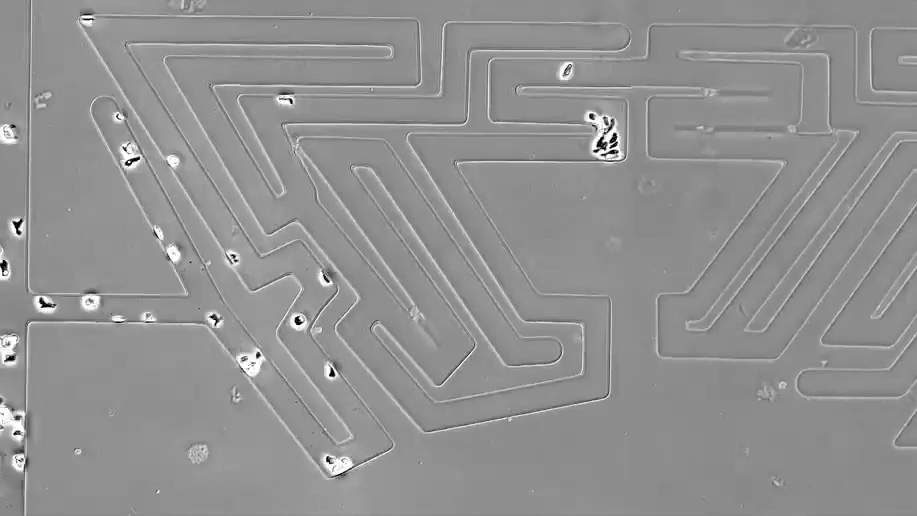01:42

Cells can solve a hedge maze almost as well as a human, according to a new study by researchers at the Cancer Research UK's Beatson Institute in Glasgow, Scotland.
The scientists created a maze based on the Hampton Court Maze in London and watched as cells navigated it without any outside help.
The cells were actually 'smelling' or sensing their way through the maze, like they would move through our bodies.

Researchers based their maze on the Hampton Court Maze in London, one of the oldest mazes in the UK. /Historic Royal Palaces/
Researchers based their maze on the Hampton Court Maze in London, one of the oldest mazes in the UK. /Historic Royal Palaces/
"When people solve a maze, what they would do if they go down a wrong branch is that they would go back and retrace their paths…But these cells don't do that," Robert Insall, Professor at the Institute of Cancer Science at Glasgow University, told CGTN Europe.
"These cells can actually sense whether a branch is a good branch to take or not."
Insall is one of the researchers behind this discovery. He worked with the Cancer Research UK's Beatson Institute in Glasgow to track the way cells move, specifically to see how cancer cells move in the body.
The researchers created a maze with a homogeneous mix of chemicals so that the cells would not receive any information one way or another.
They then released them and found that the cells could navigate through the maze.
The cells could tell the difference between the branches of the maze with a dead end and the branches with a steadier source of chemicals, i.e a branch that led to the end.

Insall said that one of the philosophically interesting things about this study is that these cells are "generating the decision themselves." /Luke Tweedy and Robert Insall/
Insall said that one of the philosophically interesting things about this study is that these cells are "generating the decision themselves." /Luke Tweedy and Robert Insall/
"What it means is that if there's a shortcut, or a gap in the walls, and going through that gap would create a much shorter route, then the cells could senses that in exactly the same way that they can tell the difference between a blind end and the right one," Insall added.
When we get injured, like in the case of a paper cut, this is how white blood cells travel from our bloodstream to the source of the injury while navigating around other cells and nerves.
The downside to this is that this is also how cancer cells will travel from a tumor to the rest of the body.
"Cancer cells can't do that unless they know where the tumor is and where is the rest of your body." Insall said.
Understanding how this movement works can provide researchers like Insall with a way to stop cancer cells from causing further damage.
Not by trying to stop the cells from moving around a person's body all together, but instead to redirect them to "go elsewhere where they don't cause any harm."
Interview: Patrick Atack. Words and video: Katherine Berjikian. Video editing: David Bamford